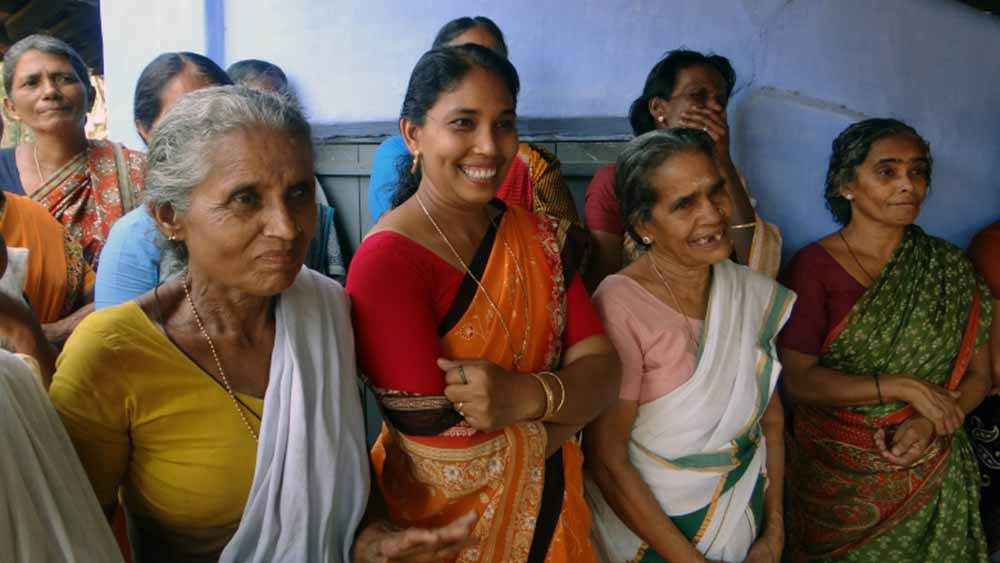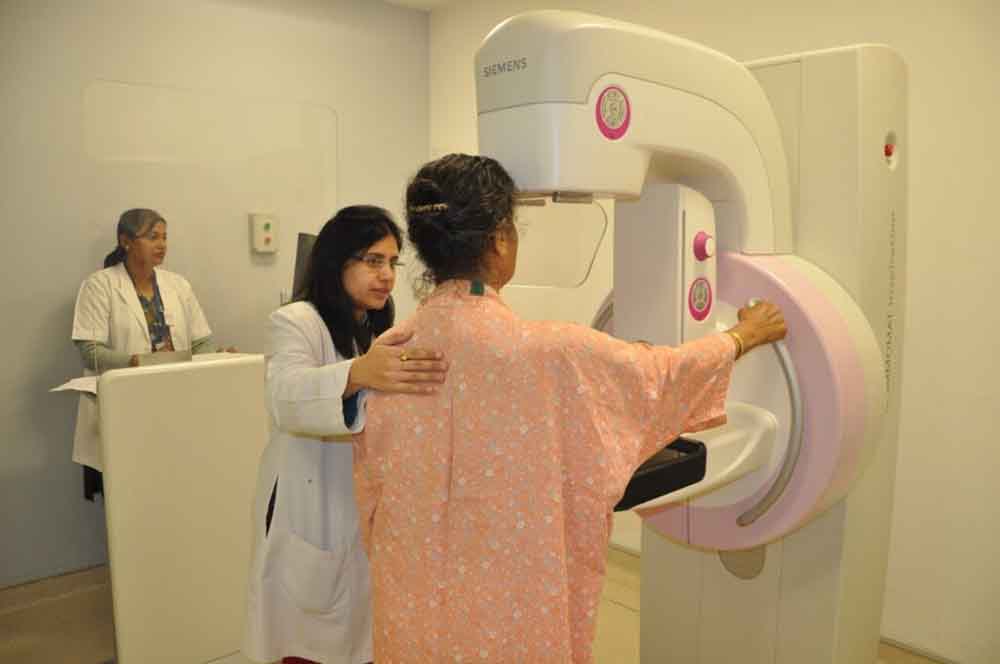According to a study, only one per cent of Indian women aged 45 years and older get screened for breast cancer, with the highest uptake occurring in Kerala and the lowest in Nagaland. This indicates that the country's mammography rate is low. Mammography rates in India are significantly lower than those in other countries, according to researchers. These rates are 4.5 per cent in African nations, 40–60 per cent in Asian nations like Korea and Japan, and 84 per cent in European and American populations.

The analysis revealed interstate differences within India as well. Kerala and Karnataka had the greatest mammography prevalence, at 4.5 per cent and 2.9 per cent, respectively, while Nagaland had the lowest, at zero per cent. Andhra Pradesh and Uttarakhand came in last, with 0.1 per cent and 0.27 per cent, respectively.

Launched in 2010, the National Programme for Prevention and Control of Cancer, Diabetes, Cardiovascular Diseases, and Stroke (NPCDCC) focusses on early diagnosis and bolstering healthcare infrastructure. Although women between the ages of 30 and 65 should get a clinical breast examination every five years, the researchers noted that there is a lack of representative data on the application of early breast cancer diagnosis.

An analysis's findings showed that the prevalence of mammography was 1.3 per cent among Indian women 45 years and older, 1.7 per cent among those between 45 to 59 years, and 0.9 per cent among those 60 years and older. Additionally, among women between the ages of 45 and 59 years, a higher uptake of mammography was linked to aspects such as education and health disorders (diabetes, neurological illness, and reproductive health problems).
According to a report by the Indian Council of Medical Research, breast cancer remains the most common type of cancer, accounting for 13.8 per cent of new cases, meaning that women in India face a disproportionate burden from the disease. Given that the number of cancer cases is predicted to rise by 2 per cent annually as the population ages, India may confront significant challenges in controlling cancer-related fatalities over the next 20 years.
Image source: ETI, World Bank, BISI.co.in